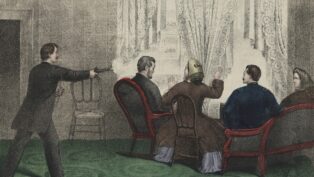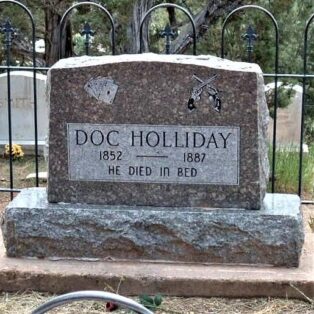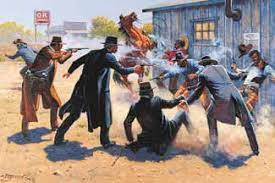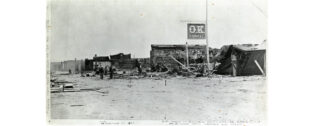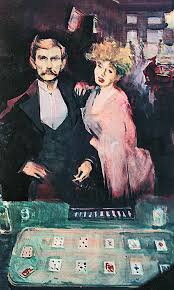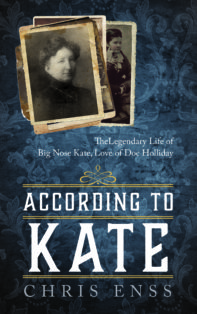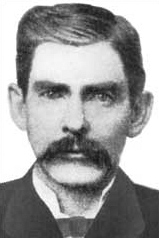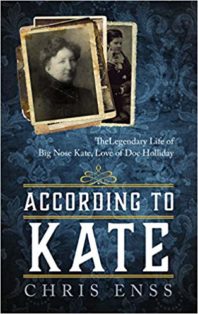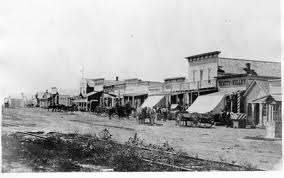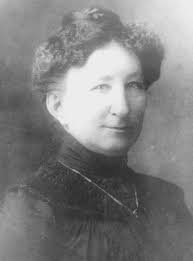Enter now to win a copy of
Entertaining Women: Actresses, Dancers, and Singers in the Old West
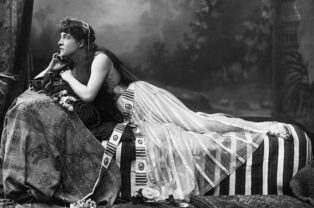
The Royal Aquarium in Westminster, England, was a hub of activity on April 6, 1876. Many members of London’s wealthy aristocratic society were on hand for the gala opening of the magnificent structure built entirely underwater.
Dignitaries, barristers, popular sculptors, artists, and photographers were there to witness the occasion and to be inspired by the colorful coral reefs, graceful marine life, and crystal-blue waters. Their attention, however, was drawn away from the oceanic scenery when a tall, curvaceous young woman with Titian red hair entered the room. She was adorned in a simple black gown. Her azure eyes scanned the faces staring back at her, and she smiled ever so slightly. Within moments of her arrival, visitors descended upon the woman to admire her beauty.
Eminent portrait painters and photographers approached the unassuming woman and asked her to sit for them. Poets sought introductions and then recited blank verse about her arresting features. By the end of the evening, Lillie Langtry was the toast of Great Britain-a Professional Beauty to be reckoned with.
Emile “Lillie” Charlotte LeBrenton was born to William Corbet and Emilie Martin LeBreton in October of 1853 on the Isle of Jersey, a few miles off the coast of Saint-Malo, France. She was the only daughter in a family of six children. Beauty alone was responsible for Lillie Langtry’s initial renown. Her photographs were printed in England and American newspapers, and by the time she was twenty-seven years old she was as famous in those countries as she was in her own.
The writer Oscar Wilde, whom Lillie had met at society parties, convinced her that the theatre was her calling and helped her get her start in the business. Lillie took the stage for the first time on December 15, 1881, in the play She Stoops to Conquer at the Theatre Royal. She was an instant hit.

Entertaining Women 4
I'm looking forward to hearing from you! Please fill out this form and I will get in touch with you if you are the winner.
Join my email news list to enter the giveaway.
"*" indicates required fields

